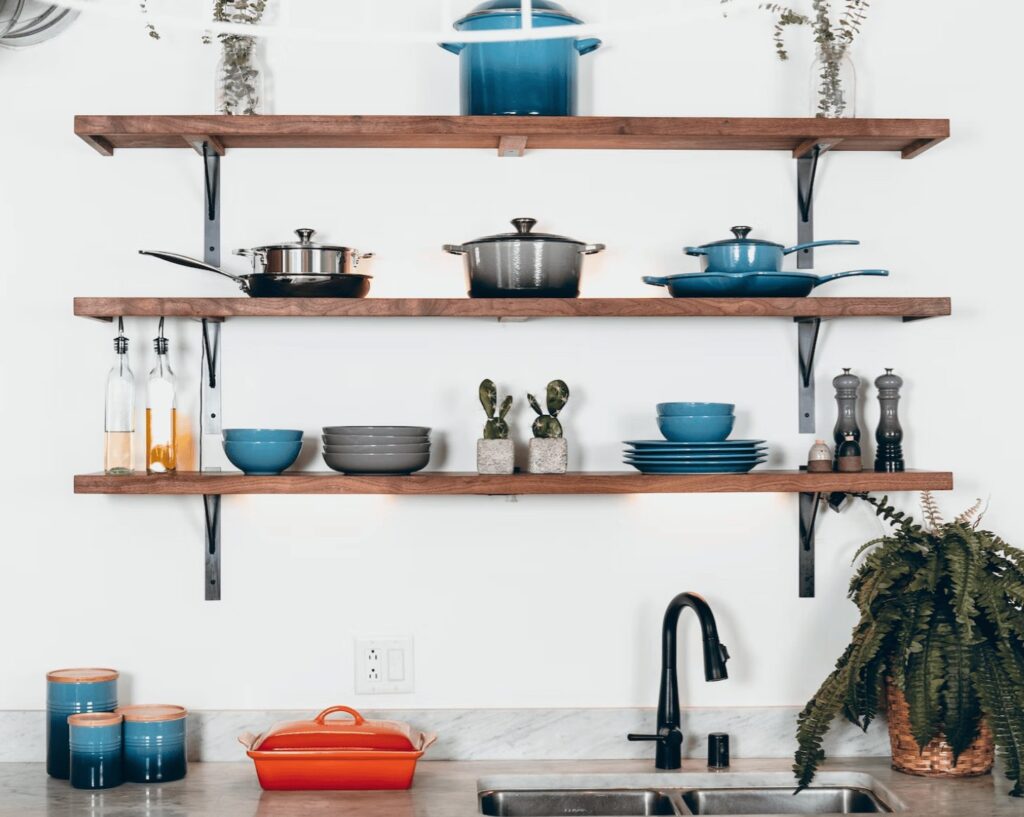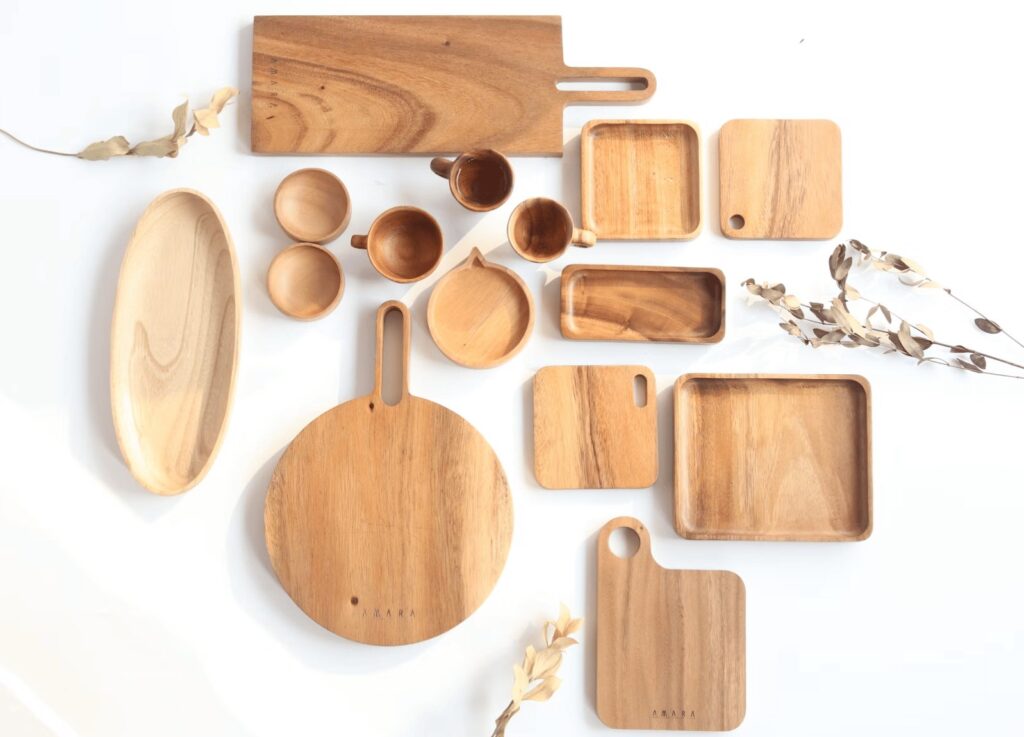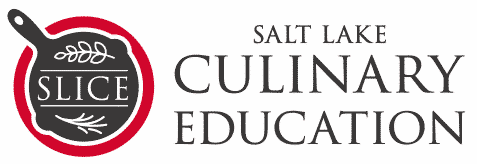
10 Essential Kitchen Tools Every Cook Should Own

10 Essential Kitchen Tools Every Cook Should Own
Whether we are teaching institute students, demonstrating for a Chef’s Table lunch, or catering a private event, we spend a lot of time working in the kitchen here at Salt Lake Culinary Education. We know exactly which kitchen tools spend 95% of their time forgotten on a shelf (spiralizer, anyone?) and which kitchen tools we absolutely could not survive without. Of course, what good is a list of essentials if you don’t share it with others?
We have curated for you, the home cook or aspiring chef, a list of our top ten must-have essential kitchen tools. Let’s dive right in:
- Chef’s knife. If you invest in only one high quality kitchen tool, let it be your knife. It is the most used tool in the kitchen and will take the most abuse. We highly recommend the Wusthof Classic 8” Chef knife as a great do-everything starter knife, but Zwilling and Henkel are also great brands. Whatever you choose for yourself, just be sure to keep it sharp. Remember, a dull knife is a dangerous knife!
- Bench scraper. Each of our students are given a bench scraper as part of their school kit and they quickly learn its value after one day of cooking. A bench scraper is extremely useful kitchen tool for transferring chopped ingredients from board to bowl, cutting dough, scraping the seeds off your cutting board between bell peppers…the list goes on and on. A bench scraper is an inexpensive item to keep on hand, and once you start using one, you’ll never go back.
- Cutting board. We’re cheating a bit with this one because it’s actually a few items – you should own multiple cutting boards. At the very least, be sure to have one for general produce and one for raw meats, but preferably even separate boards for different types of raw meats/fish. Make sure that your cutting board is sturdy, easy to clean, and the proper material for its use. Stay away from hard materials like glass, marble, and stone as these will dull your knives. Once you’ve found two (or five) cutting boards you love, do yourself a favor and place a towel or a scrap of non-slip shelf liner underneath so it doesn’t slide around on your countertop while you work. (You’re welcome!)
- Dutch oven. While you don’t need to drop hundreds of dollars on the coveted Le Creuset brand, you should definitely invest in a decently sized, enameled cast iron dutch oven. These can be used on both the stovetop and in the oven and virtually anything can be cooked in this particular pot, from soups to pasta dishes to slow cooked meats. Some Dutch Ovens to consider include Le Creuset, Staub, and Lodge.
- Instant-read thermometer. Sure, maybe you have made it this far without a kitchen thermometer, but once you start using this kitchen tool, you’ll wonder how. Being able to check the internal temperature of chicken, steak, milk, and endless other ingredients means that your dish is cooked properly every single time. We can guarantee you’ll never have to eat a dry pork chop again. One of our favorites at SLICE is Thermoworks Thermapen.
- Nonstick frying pan. If for no other reason than eggs, you do need one good nonstick skillet. While a skilled cook can fry anything in a regular stainless steel pan, it does make things easier if you have a high quality nonstick version on hand. No need to get an assortment of shapes and sizes on this tool, one 12-inch skillet should cover just about anything you need from it.
- Silicone spatula. The ultimate kitchen tool! (Well, aside from your knife.) Silicone is the key word here, and anyone who has melted a plastic spatula will know why. A silicone spatula will not melt until over 550 degrees Fahrenheit, which means it can be used for practically anything while cooking, from scraping every drop of batter out of a bowl to loosening the edges of a frittata.
- Prep bowls. It may sound silly, but we would not be able to run our kitchen without the help of hundreds of assorted bowls. Ideally you want two sets: one in stainless steel, ranging from cereal bowl to giant serving bowl sizes and one in glass or plastic, ranging from side-of-ranch to cup-of-soup sizes. If that sounds oddly specific, it’s because it is – we have this down to a science, remember? The variety in material is important because we work many different heat sources in the kitchen, and the variety in size is key because you will find yourself needing places to put both a single clove of minced garlic and ten pounds of peeled potatoes.
- Dry and liquid measuring cups. Note that while we do insist on both dry and liquid (because they really are different, please stop measuring oil in scoops!), we do not mention measuring spoons. Sure, a set of measuring spoons is helpful, but unless you are doing serious high-stakes baking (in which case, swap this entire section out for a food scale), teaspoons and tablespoons can be eyeballed with little risk. However, it would admittedly be tough for any chef to get by with no measuring tools at all.
- Cast iron skillet. If we could bring only two kitchen tools along to survive on a deserted island, it would be this and the chef’s knife. Similar to the dutch oven, the classic cast iron skillet is a universal workhorse that can tackle virtually any cooking task in the kitchen. We use a standard 12-inch cast iron pan for everything from searing filet mignon to baking buttermilk biscuits. Caring for a cast iron skillet is also less intimidating than you think, and if cared for properly, one skillet will last you a lifetime!

If you’re setting up your first home kitchen or just getting serious about your cooking skills, we hope this list of essential kitchen tools helps you make some smart purchases. The next step? Learning to put all these kitchen tools to proper use! If you thought this article was helpful and are excited to learn more, sign up for our professional culinary institute or check out our cooking class calendar!
Recent Posts
Categories
Subscribe to Our Mailing List
"*" indicates required fields


